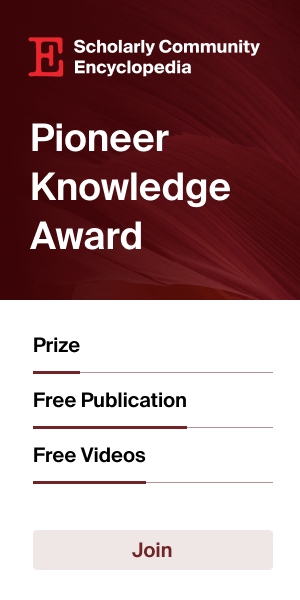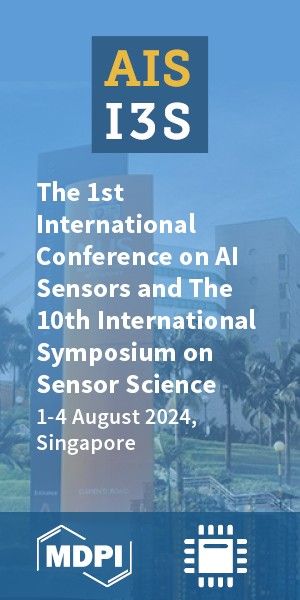Article
Version 3
Preserved in Portico This version is not peer-reviewed
Time Evolution of Energy States
Version 1
: Received: 12 May 2023 / Approved: 12 May 2023 / Online: 12 May 2023 (13:38:11 CEST)
Version 2 : Received: 23 June 2023 / Approved: 30 June 2023 / Online: 3 July 2023 (13:36:33 CEST)
Version 3 : Received: 27 October 2023 / Approved: 27 October 2023 / Online: 30 October 2023 (12:19:56 CET)
Version 4 : Received: 21 November 2023 / Approved: 22 November 2023 / Online: 23 November 2023 (16:36:39 CET)
Version 5 : Received: 11 December 2023 / Approved: 12 December 2023 / Online: 13 December 2023 (06:11:17 CET)
Version 6 : Received: 29 December 2023 / Approved: 29 December 2023 / Online: 29 December 2023 (10:37:10 CET)
Version 7 : Received: 2 April 2024 / Approved: 3 April 2024 / Online: 5 April 2024 (03:54:56 CEST)
Version 2 : Received: 23 June 2023 / Approved: 30 June 2023 / Online: 3 July 2023 (13:36:33 CEST)
Version 3 : Received: 27 October 2023 / Approved: 27 October 2023 / Online: 30 October 2023 (12:19:56 CET)
Version 4 : Received: 21 November 2023 / Approved: 22 November 2023 / Online: 23 November 2023 (16:36:39 CET)
Version 5 : Received: 11 December 2023 / Approved: 12 December 2023 / Online: 13 December 2023 (06:11:17 CET)
Version 6 : Received: 29 December 2023 / Approved: 29 December 2023 / Online: 29 December 2023 (10:37:10 CET)
Version 7 : Received: 2 April 2024 / Approved: 3 April 2024 / Online: 5 April 2024 (03:54:56 CEST)
How to cite: Oldani, R. Time Evolution of Energy States. Preprints 2023, 2023050952. https://doi.org/10.20944/preprints202305.0952.v3 Oldani, R. Time Evolution of Energy States. Preprints 2023, 2023050952. https://doi.org/10.20944/preprints202305.0952.v3
Abstract
In order to describe the time evolution of energy states we choose to abandon the Hamiltonian method of quantum mechanics, which has been the standard for over a century, in favor of the more fundamental Lagrangian method. Integral equations of motion for the absorption and emission of radiation are derived to replace the differentially motivated Schrödinger equation. This new interpretation for the time evolution of energy states is used to interpret several well-known experiments, among them Planck’s law, the electron cyclotron, and chaos theory; thereby demonstrating an improved physical model of both microscopic and macroscopic phenomena.
Keywords
non-relativistic quantum mechanics; relativistic quantum mechanics; Hamilton’s principle; energy; symmetry
Subject
Physical Sciences, Theoretical Physics
Copyright: This is an open access article distributed under the Creative Commons Attribution License which permits unrestricted use, distribution, and reproduction in any medium, provided the original work is properly cited.
Comments (1)
We encourage comments and feedback from a broad range of readers. See criteria for comments and our Diversity statement.
Leave a public commentSend a private comment to the author(s)
* All users must log in before leaving a comment








Commenter: Richard Oldani
Commenter's Conflict of Interests: Author